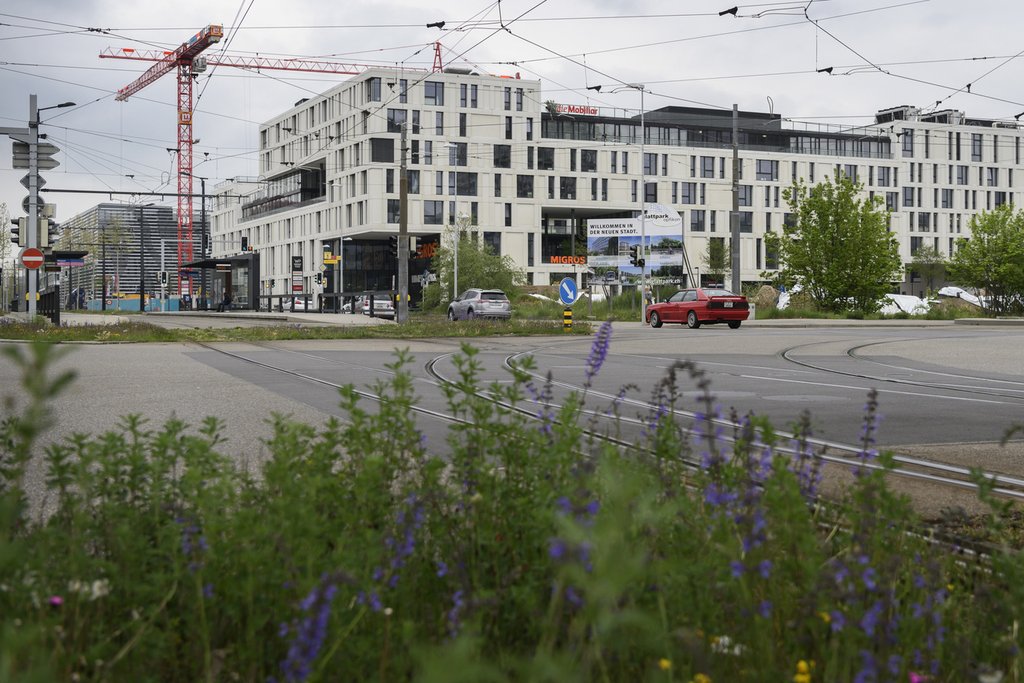The quality of connectivity describes how good the transport options are for an area. Until now, there has only been a uniform standard available for public transport. A research package, led by INFRAS, has now developed a new methodology and draft standards.

How well is an area connected by transport? How extensive are the options and what is the network density when directly comparing various modes of transport: public transport, motorised private transport, bicycles or pedestrian traffic? And how easy is it to access other places from this area?
Until now, there has been no unified standard in Switzerland for describing the quality of overall connectivity for an area in this way. A research package, commissioned by the Swiss Association of Road and Traffic Specialists (Schweizerischer Verband der Strassen- und Verkehrsfachleute - SVI) and the Swiss Federal Roads Office (FEDRO), has tackled this issue. INFRAS was responsible for the overall coordination and structure of the project.
Research package with four sub-projects
As part of the research package, a methodology was developed for how to describe the quality of transport coverage for any place using comparative grades for public transport, motorised private transport, cycling and walking. Until now, there have only been grades for public transport.
The research package was divided into four sub-projects: One package defined the general framework conditions, harmonised the methodologies, deduced presentation methods for all forms of transport, and compiled the summary report and a draft of the basic standard. INFRAS was responsible for this sub-project: The other three sub-projects worked on the connectivity criteria for the individual modes of transport: public transport, motorised private transport, walking and cycling.
The methodology for describing the quality of overall connectivity has two stages: first of all, the elements ‘transport offer’ and ‘accessibilities’ are described in quantitative terms. This leads to a grade. The second stage involves assessing comfort, safety and other ‘attractiveness’ criteria – in a qualitative and subsidiary way, and, where required, in terms of day-to-day planning.
Many applications in everyday life
One challenging aspect of the methodology is the effort involved in processing the data and gaps in data, especially for cycling and walking. Data and modes of transport are continually developing, which is why the methodology is upward compatible. The aim now is for the developed approach to be anchored into everyday planning, and a draft VSS package of standards has been developed. The description of the quality of connectivity is useful for many fields of application, especially urban and transport planning.
More information
More INFRAS articles on the topic (in German)


